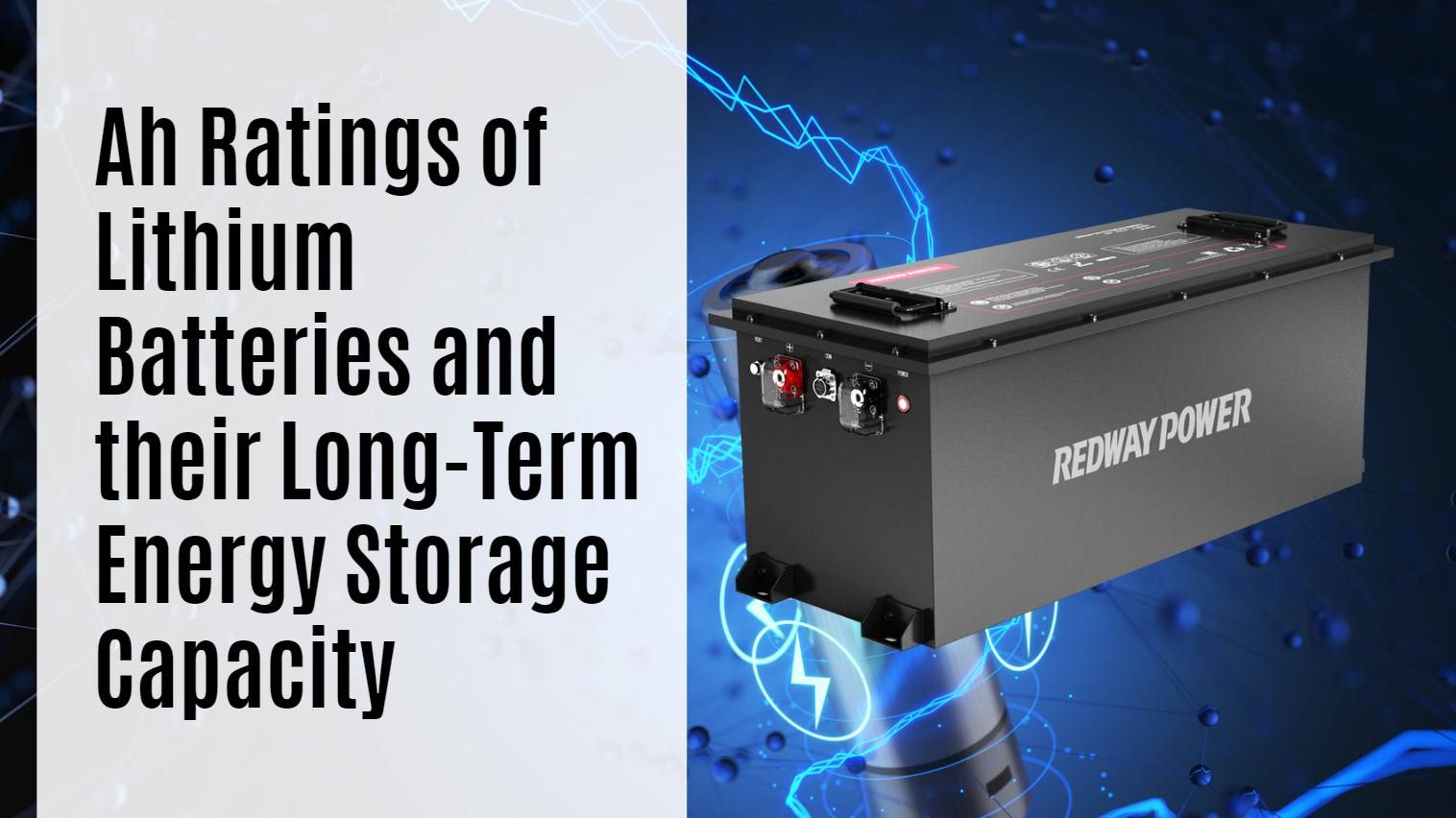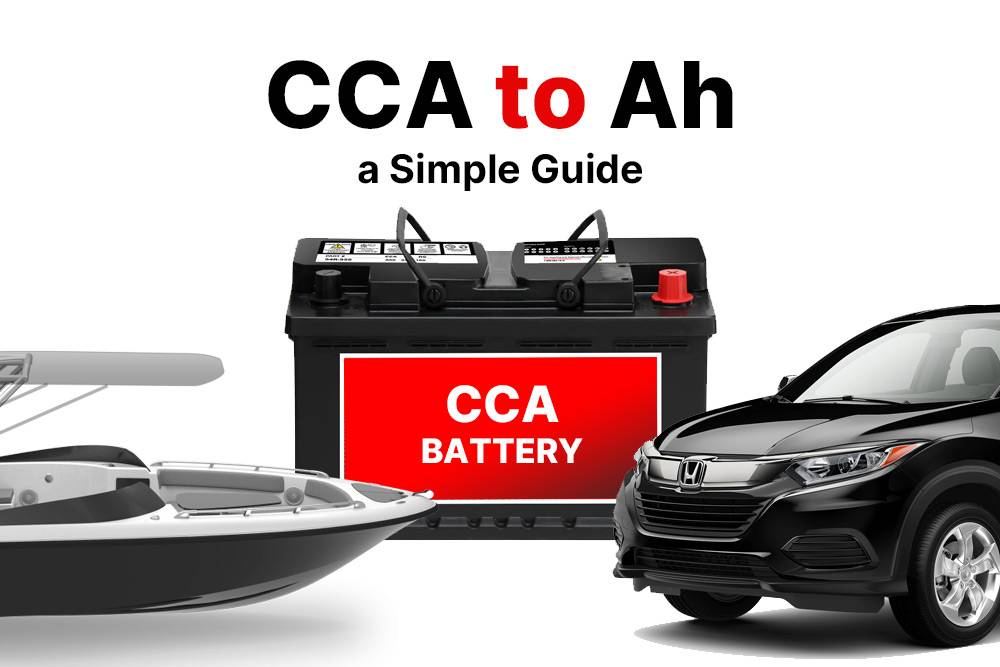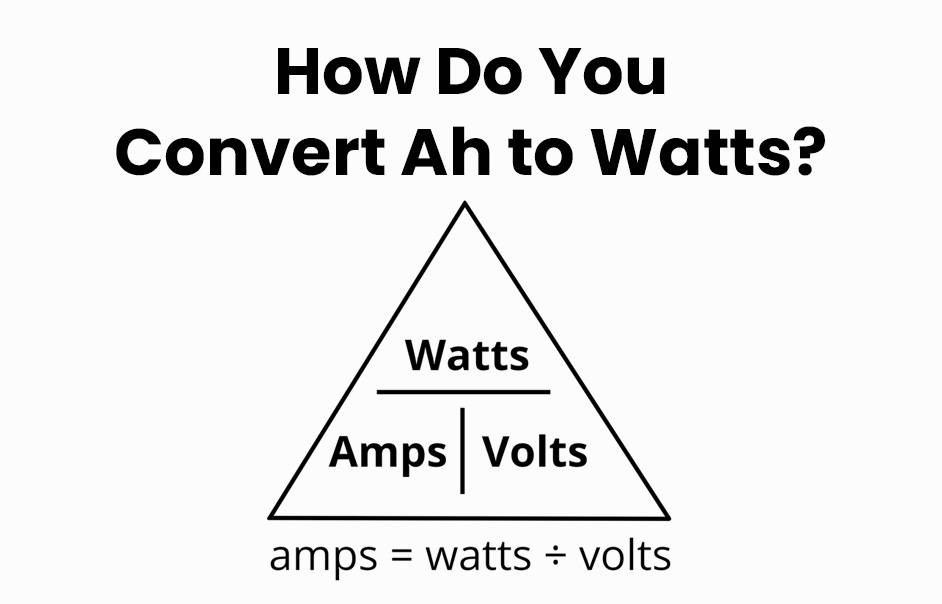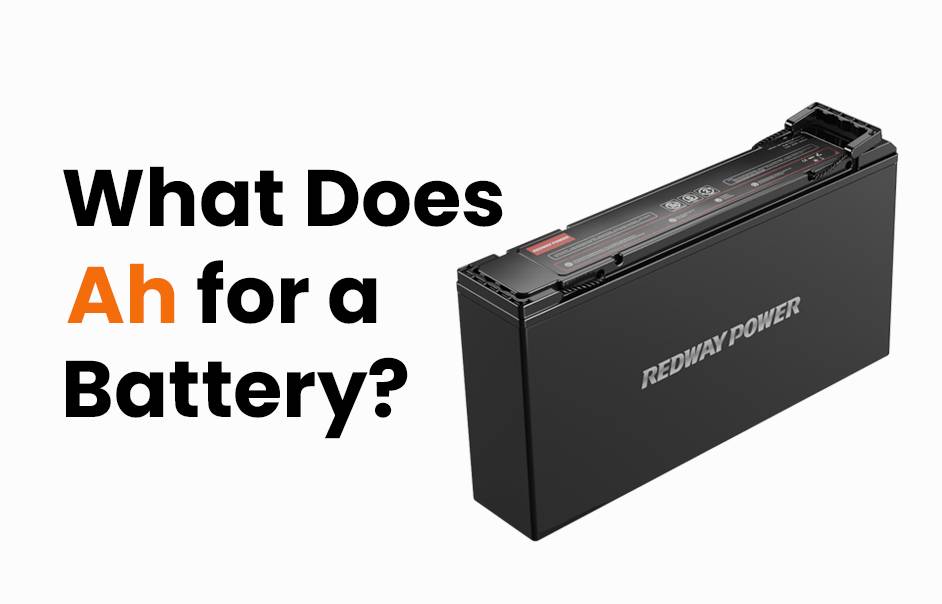- Forklift Lithium Battery
-
48V
- 48V 210Ah
- 48V 300Ah
- 48V 420Ah (949 x 349 x 569 mm)
- 48V 420Ah (950 x 421 x 450 mm)
- 48V 456Ah
- 48V 460Ah (830 x 630 x 590 mm)
- 48V 460Ah (950 x 421 x 450 mm)
- 48V 460Ah (800 x 630 x 600 mm)
- 48V 460Ah (820 x 660 x 470 mm)
- 48V 500Ah
- 48V 560Ah (810 x 630 x 600 mm)
- 48V 560Ah (950 x 592 x 450 mm)
- 48V 600Ah
- 48V 630Ah
-
48V
- Lithium Golf Cart Battery
- 12V Lithium Battery
12V 150Ah Lithium RV Battery
Bluetooth App | BCI Group 31
LiFePO4 Lithium
Discharge Temperature -20°C ~ 65°C
Fast Charger 14.6V 50A
Solar MPPT Charging - 24V Lithium Battery
- 36V Lithium Battery
- 48V Lithium Battery
-
48V LiFePO4 Battery
- 48V 50Ah
- 48V 50Ah (for Golf Carts)
- 48V 60Ah (8D)
- 48V 100Ah (8D)
- 48V 100Ah
- 48V 100Ah (Discharge 100A for Golf Carts)
- 48V 100Ah (Discharge 150A for Golf Carts)
- 48V 100Ah (Discharge 200A for Golf Carts)
- 48V 150Ah (for Golf Carts)
- 48V 160Ah (Discharge 100A for Golf Carts)
- 48V 160Ah (Discharge 160A for Golf Carts)
-
48V LiFePO4 Battery
- 60V Lithium Battery
-
60V LiFePO4 Battery
- 60V 20Ah
- 60V 30Ah
- 60V 50Ah
- 60V 50Ah (Small Size / Side Terminal)
- 60V 100Ah (for Electric Motocycle, Electric Scooter, LSV, AGV)
- 60V 100Ah (for Forklift, AGV, Electric Scooter, Sweeper)
- 60V 150Ah (E-Motocycle / E-Scooter / E-Tricycle / Tour LSV)
- 60V 200Ah (for Forklift, AGV, Electric Scooter, Sweeper)
-
60V LiFePO4 Battery
- 72V~96V Lithium Battery
- Rack-mounted Lithium Battery
- E-Bike Battery
- All-in-One Home-ESS
- Wall-mount Battery ESS
-
Home-ESS Lithium Battery PowerWall
- 24V 100Ah 2.4kWh PW24100-S PowerWall
- 48V 50Ah 2.4kWh PW4850-S PowerWall
- 48V 50Ah 2.56kWh PW5150-S PowerWall
- 48V 100Ah 5.12kWh PW51100-F PowerWall (IP65)
- 48V 100Ah 5.12kWh PW51100-S PowerWall
- 48V 100Ah 5.12kWh PW51100-H PowerWall
- 48V 200Ah 10kWh PW51200-H PowerWall
- 48V 300Ah 15kWh PW51300-H PowerWall
PowerWall 51.2V 100Ah LiFePO4 Lithium Battery
Highly popular in Asia and Eastern Europe.
CE Certification | Home-ESS -
Home-ESS Lithium Battery PowerWall
- Portable Power Stations
How Do Ah Ratings Affect Lithium Batteries and Their Long-Term Energy Storage Capacity?

Lithium batteries are rated in ampere-hours (Ah), which indicates their capacity to store energy over time. Understanding these ratings is crucial for optimizing battery performance and longevity, especially in applications requiring long-term energy storage.
What are Ah Ratings in Lithium Batteries?
Ah ratings, or ampere-hour ratings, measure the amount of electric charge a battery can deliver over a specified period. For instance, a battery rated at 10 Ah can theoretically provide 10 amps for one hour or 1 amp for ten hours before being depleted. This metric is critical for determining how long a battery can power devices before needing a recharge.Chart: Understanding Ampere-Hour Ratings
| Rating (Ah) | Current (A) | Duration (h) |
|---|---|---|
| 10 Ah | 10 A | 1 h |
| 10 Ah | 5 A | 2 h |
| 10 Ah | 1 A | 10 h |
How Do Ah Ratings Influence Battery Performance?
Ah ratings directly influence the performance of lithium batteries in various applications. Higher Ah ratings typically indicate greater energy storage capacity, allowing devices to run longer between charges. However, it’s essential to balance capacity with the weight and size of the battery, as larger batteries may not be practical for portable devices.
Why is Long-Term Energy Storage Capacity Important?
Long-term energy storage capacity is vital for applications such as renewable energy systems, electric vehicles, and backup power supplies. It determines how much energy can be stored for later use, impacting efficiency and reliability. A battery with high long-term storage capacity can maintain performance over extended periods, reducing the frequency of recharging.Chart: Importance of Long-Term Storage Capacity
| Application | Required Capacity (Ah) | Impact of Low Capacity |
|---|---|---|
| Electric Vehicles | 40-100 | Reduced range |
| Solar Energy Systems | 100-200 | Inconsistent power supply |
| Backup Power Supplies | 50-150 | Shorter backup duration |
What Factors Affect the Long-Term Energy Storage of Lithium Batteries?
Several factors influence the long-term energy storage capacity of lithium batteries:
- Temperature: Extreme temperatures can degrade battery performance and lifespan.
- Charge Cycles: Frequent charging and discharging can reduce overall capacity.
- Battery Chemistry: Different lithium chemistries (e.g., Li-ion vs. LiFePO4) have varying capacities and lifespans.
- Age: Over time, all batteries experience capacity fade due to chemical reactions within.
How Can Users Maximize the Lifespan of Lithium Batteries?
To maximize the lifespan of lithium batteries, users should:
- Avoid Full Discharges: Keeping batteries charged between 20% and 80% can extend their life.
- Store Properly: Store batteries in a cool, dry place to prevent degradation.
- Regular Maintenance: Regularly check battery health and perform necessary maintenance.
- Use Smart Chargers: Employ chargers that optimize charging cycles to extend battery life.
What are the Latest Developments in Lithium Battery Technology?
Recent advancements in lithium battery technology focus on improving energy density, reducing costs, and enhancing safety features. Innovations include:
- Solid-State Batteries: These offer higher energy densities and improved safety by using solid electrolytes.
- Recycling Techniques: New methods are being developed to recover valuable materials from used batteries.
- Fast-Charging Technologies: Research is ongoing to enable quicker charging without compromising battery health.
FAQ about Lithium Battery Ah Ratings and Storage Capacity
Q: What does a higher Ah rating mean?
A: A higher Ah rating indicates greater energy storage capacity, allowing longer usage times before recharging.Q: Can I use a higher Ah rated battery in my device?
A: Yes, but ensure that your device’s specifications support the increased capacity without causing damage.Q: How do temperature extremes affect lithium batteries?
A: Extreme temperatures can lead to reduced performance, faster degradation, and potential safety hazards.
Industrial News
Recent developments highlight significant trends in lithium battery technology. Companies are increasingly focusing on sustainable practices in production and recycling processes. Innovations such as solid-state batteries are gaining traction due to their potential for higher efficiency and safety compared to traditional lithium-ion batteries. Additionally, government initiatives worldwide are promoting research into next-generation battery technologies that could revolutionize energy storage solutions.
Redway Power Views
“In our view, understanding Ah ratings is crucial for anyone involved with lithium batteries,” says an expert from Redway Power. “As we move towards more sustainable energy solutions, optimizing battery performance through better understanding and technology will play a pivotal role in achieving efficiency goals.”

























